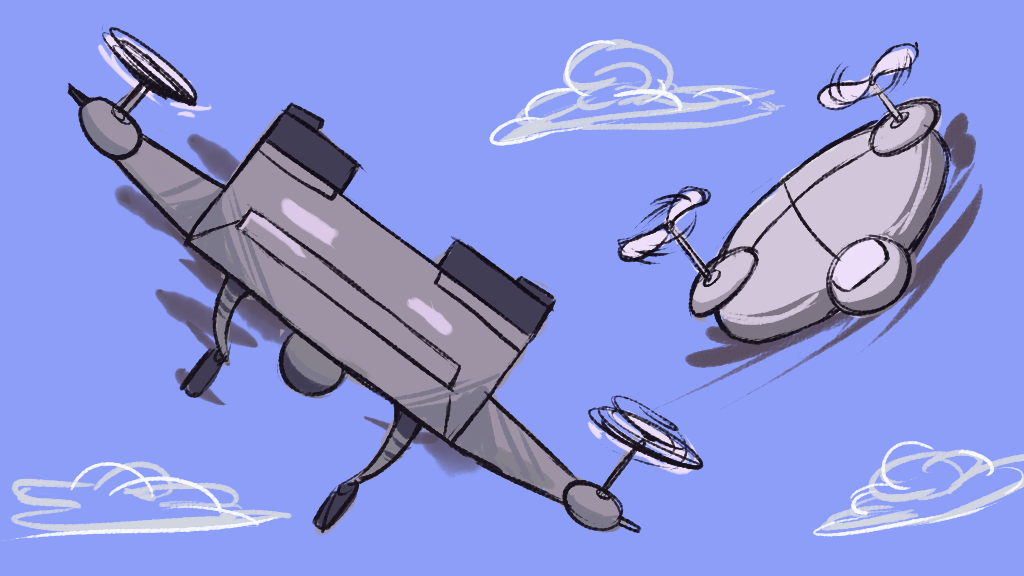Radio controlled vehicles are far from being new technology.
Way back in 1898, famed inventor Nikola Tesla demonstrated the ability to control a small boat harnessing the power of radio waves. While technology has changed substantially since the late 1800s, our fascination with controlling crafts remotely has not. Over the last few years, drones have surged in popularity in the consumer community.
Broadly defined, a drone is an unmanned areal vehicle, or UAV. Drones have long been of interest to the military and began development a lot earlier than you may think. Way back in 1918 the United States developed its first UAV, the Kettering Bug. Though these primitive devices weren't radio controlled, they could be "programmed" to strike targets up to 75 miles away. Over the following decades, drones have become more precise and programmable, but the core unmanned nature of the devices has remained the same. Drones are not solely used for purposes of destruction. They can be found protecting rhinos and elephants from poachers in Africa and could soon be delivering packages to your home.
Falling prices have made it possible for anyone to own a small radio controlled aircraft and take to the skies, no longer limiting drone technology to the military and big business. The increased popularity of drones has been of concern for reasons of privacy and safety. From a privacy standpoint, people no longer need to be worried about peeping Toms; peeping drones are what you should be watching out for. Almost any low cost drone can be retrofitted with a camera attachment and used for a variety of purposes. This includes hovering outside of a California woman's bedroom window on multiple occasions.
As drone prices continue to fall the popularity and use of these small devices will most likely continue to reach new heights. With this unexplored territory comes the need for new regulations. Current FAA safety guidelines limit the use of personal drones to a maximum flight height of 400 feet and within eyesight of the pilot. Additionally, the guidelines discourage flying while intoxicated. The increased popularity in drones has prompted the FAA to reevaluate its current rules and regulations. Among the proposed revisions are weight limits to 55 lbs. and below, speed limits of 100 mph and that operators pass a certification exam. At this time the FAA invites the public to comment on the proposed changes.
With all the hubbub around drones today, the one certainty is that we are entering a new frontier when it comes to the use of UAVs by private citizens and businesses. Just like the internet and automobile were once unregulated, new rules and regulations will be put in place to ensure the safety of the general public. The last thing anyone wants is a drone falling out of the sky causing anyone or anything damage.








